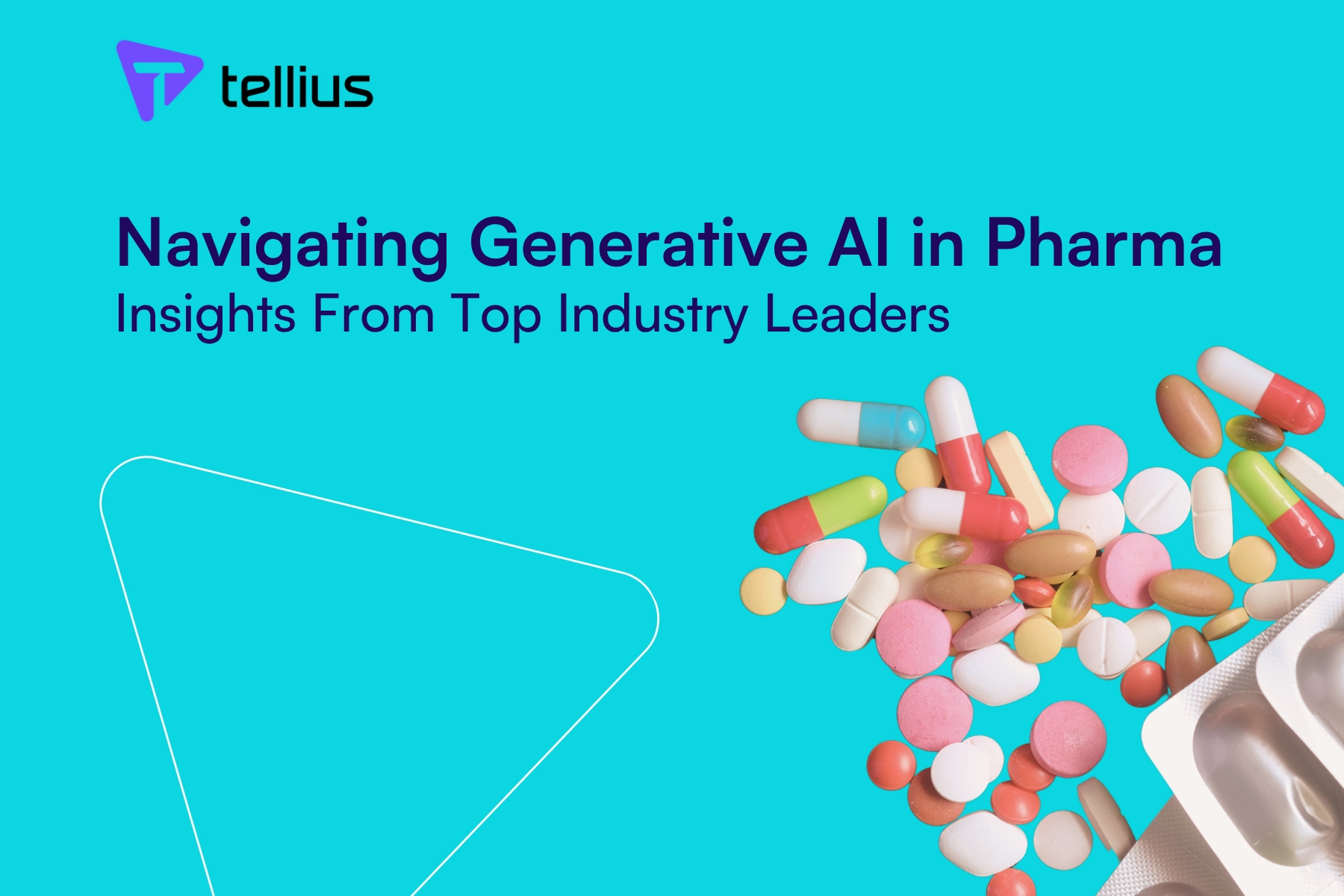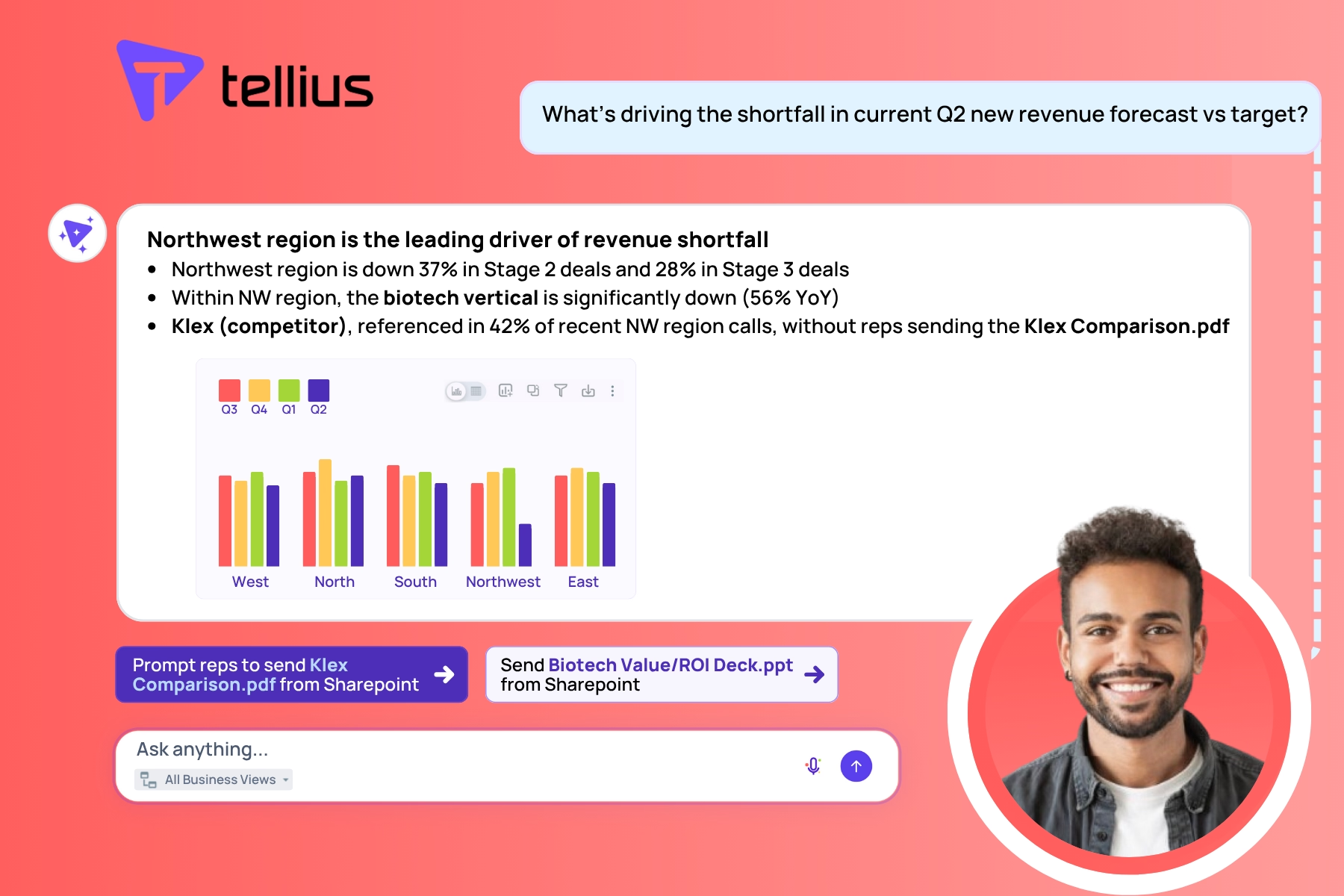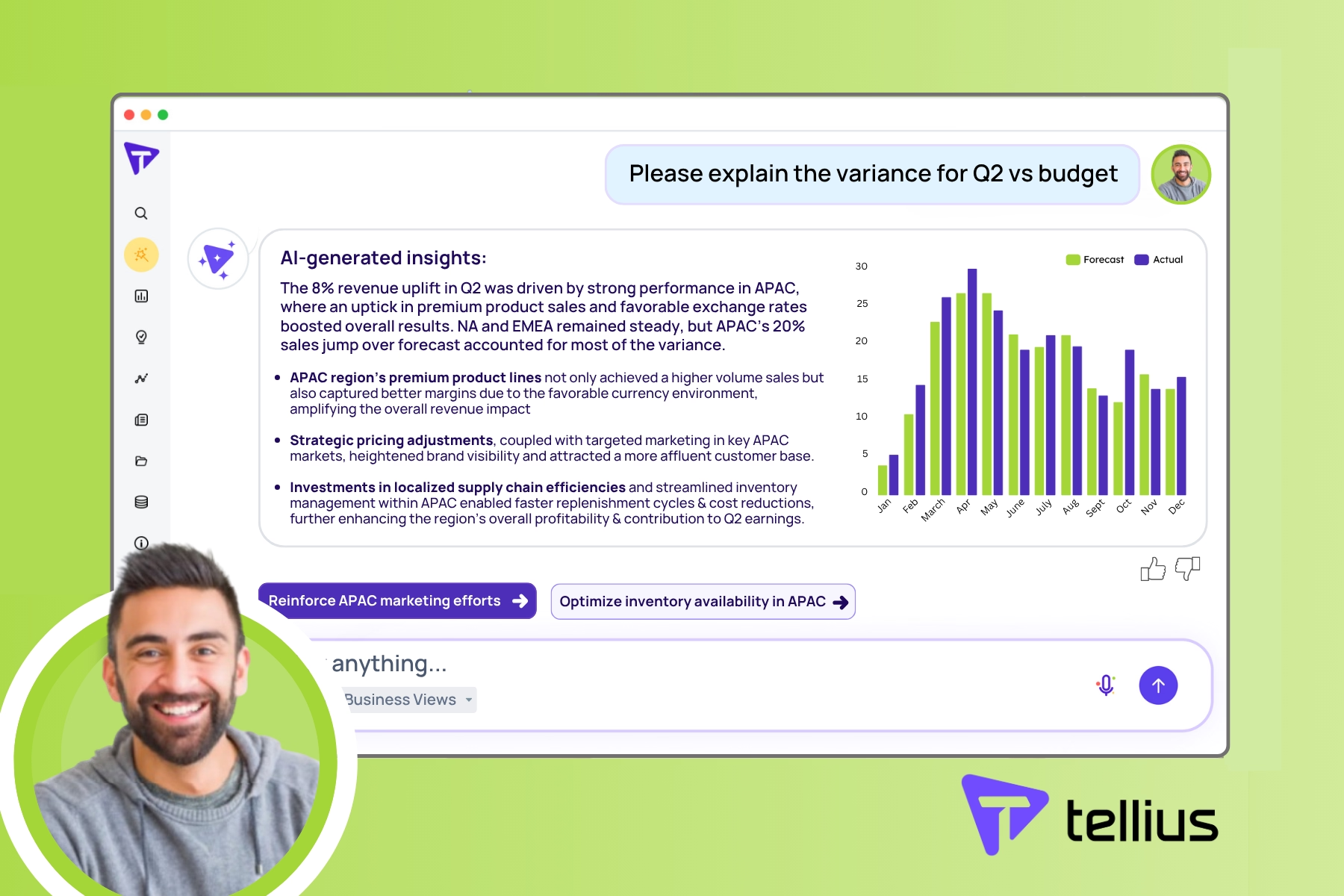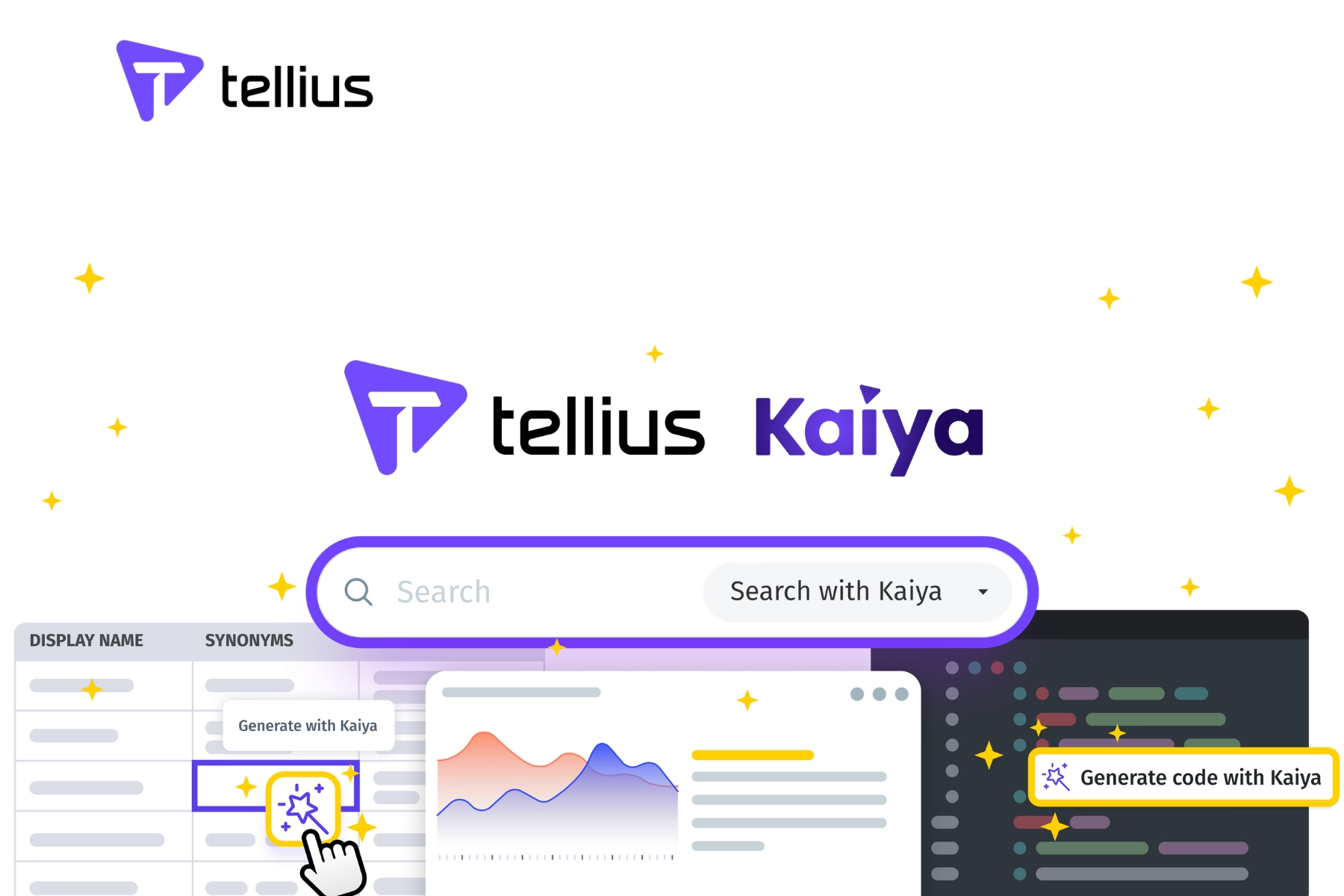Navigating Generative AI in Pharma: Insights from Top Industry Leaders

Generative AI, on its path to transforming the entire business intelligence landscape, is increasingly gaining momentum in the pharmaceutical and life sciences industry. While promising applications span drug discovery and R&D, overall business strategy, operational effectiveness, and so much more, widespread GenAI adoption and integration across pharma industry workflows will still require continued research, regulatory support, and time.
This sentiment was echoed at this year’s Pharmaceutical Management Science Association (PMSA) conference in Denver, where generative AI was, unsurprisingly, the clear talk of the town for many attendees. (It’s interesting to note that at the same time last year at PMSA 2023, there were zero explicit mentions of generative AI or GenAI in any session, with the exception of one focused on ChatGPT/large language models [LLMs]. This year, there were four sessions with “GenAI” or “generative AI” in their title alone.)
During a PMSA 2024 Q&A session aptly called “Future of GenAI in Pharma,” industry leaders from Novartis, Pfizer, UCB Biopharma, and Boehringer-Ingelheim covered the current state of GenAI and its immense potential to transform the pharmaceuticals industry. At the same time, the panel underscored the need for the industry to navigate this journey with patience, collaboration, and continued innovation.
GenAI—hype or real?
Steven Sbar, VP of customer engagement and enterprise analytics at Novartis, emphasized that GenAI isn’t merely just a buzzword—it’s a transformative tool that’s driving organizational efficiencies, making processes both better and faster. Specifically, he shared Novartis’ use case on using generative AI for field force enablement (e.g., delivering actionable insights to the field with personalized messaging and content).
Suman Giri, vice president, head of data science and machine learning at Pfizer, agreed, pointing out that many current use cases center on margins of efficiency—i.e., how to make an organization’s internal teams more effective.
While Sbar noted the “top-down push” for GenAI at organizations, Giri explained that it’s not always easy to figure out how to proceed with “the next best action,” however.
“With GenAI, there’s a big chasm between what’s possible and what can be done,” he said, warning that consulting partners may promise things that can’t actually be delivered yet.
But with GenAI changing so fast, added Emily Lewis—artificial intelligence and innovation lead at UCB Pharma—organizations need to know exactly what GenAI can provide today so they can assess it for their workflows.
Read about Tellius for field force analytics: Learn how to maximize commercial effectiveness with AI-powered insights and analytics.
GenAI—build or buy?
When the panel moderator, Cindie Dilley—UCB’s U.S. head of business analytics and insights/global head of advanced analytics—brought up the common build-or-buy dilemma for new technology, many of the panelists agreed that a hybrid approach might be best in this instance.
Emphasizing again that speed is key, Lewis suggested an 80% reliance on external expertise, considering the importance of regulatory knowledge and overall skill sets for effective GenAI implementation.
Michele Maier—Boehringer-Ingelheim’s VP, therapeutics areas, analytics and insights—suggested bringing in external vendors and also getting a good understanding of what other pharma companies are doing.
Novartis’ Sbar acknowledged the organization’s own lack of expertise in the GenAI space but emphasized educating teams internally so as not to rely on fully outsourced initiatives.
“You get a competitive advantage broadly by investing in internal teams and skill sets,” he explained, adding that a strong foundational model can reduce the need for extensive prompt engineering (e.g., agentic workflows).
On Pfizer’s side, Giri suggested teams should leverage foundational models to build use cases and, in turn, drive a competitive advantage. Although fine-tuning models can be tricky, organizations can “build something compelling” using their data alongside LLMs, he said.
How does your organization's mindset/talent gear for this change?
Speed is key, said UCB and Boehringer-Ingelheim. Specifically, Lewis suggested moving quickly, and scaling will happen along the way, while Maier advocated for quick wins to showcase accomplishments.
Meanwhile, Novartis stressed the need to achieve value creation around scale and to move beyond proof of concepts (POCs). Demonstrating real impact can be difficult, Sbar said, but for him, achieving scale implies improving the productivity of field sales and making pre-sale planning faster.

What are some GenAI implementation challenges?
Considering GenAI first emerged into the world as ChatGPT only just yesterday (well, November 2022), many questions naturally remain about introducing generative models into analysis workflows.
Looking at implementation challenges for pharma in particular, UCB’s Lewis highlighted issues within patient data.
“We underestimated the influence of noise in real-world data collection,” she said.
Going back to the need to develop internal skill sets for GenAI, Giri pointed out talent issues as a barrier and noted the importance of change management.
Sbar, referencing Novartis’ use case on using GenAI for field force sales, also stressed the need to alleviate fears about job displacement.
“The field leadership team has to believe that the tool is going to help them, rather than take over their job,” he said, again underscoring the importance of demonstrating real impact from the technology.
Communication is also key, Sbar said, recommending that organizations craft the right language when rolling out these brand new capabilities to their user base.
After all, generative AI is designed to help to extend the use of analytics from data teams to non-technical personas, so the goals and benefits of the tool should be communicated effectively to help drive support and adoption across the organization, no matter the technical acumen.
Importantly, UCB’s Lewis pointed out the need for education, such as creating roadmaps, identifying what users need, and setting up digital exchange committees—i.e., initiatives to drive excitement and user engagement.

Learn more about GenAI for pharma and life sciences organizations
The future is indeed bright for incorporating generative AI into everyday pharmaceutical analysis workflows. However, as laid out by these notable pharma analytics stakeholders, its successful implementation will be dependent on striking a strategic balance between internal expertise and external partnerships, focusing on education and collaboration, and proactively managing implementation challenges.
Tellius, an augmented analytics platform, has been focused on innovating natural language processing and automated insight generation technology since 2017. If you’d like to take a closer look at how major pharmaceutical companies are using Tellius and its new generative AI features to drive results, you can request a personalized demo here.
Get release updates delivered straight to your inbox.
No spam—we hate it as much as you do!


RevOps Intelligence Redefined: AI-Powered Agents Meet Unified Knowledge Layer

Learn how AI-powered variance analysis is transforming how organizations uncover and act upon financial insights.

How AI Variance Analysis Transforms FP&A

Learn how AI-powered variance analysis is transforming how organizations uncover and act upon financial insights.

Tellius Kaiya: Welcome to the Next Generation of Self-Service

Introducing Tellius Kaiya: A suite of GenAI-powered tools designed to democratize data-driven decision-making for the entire organization.

